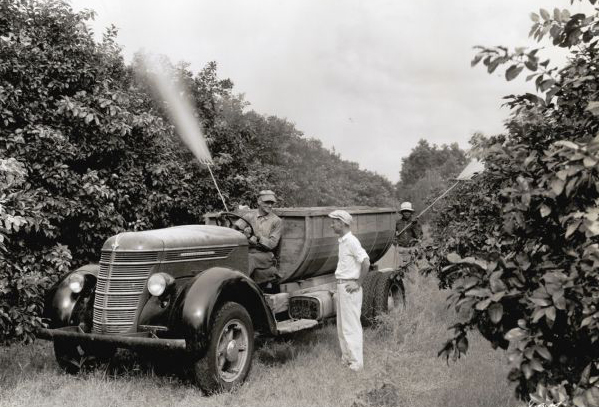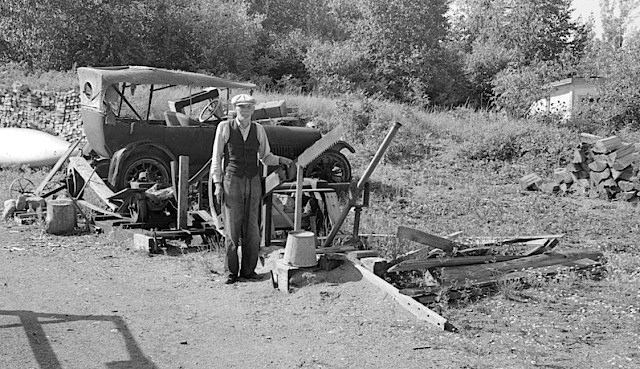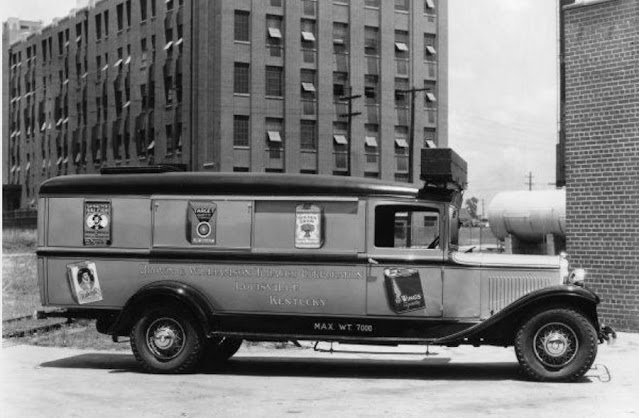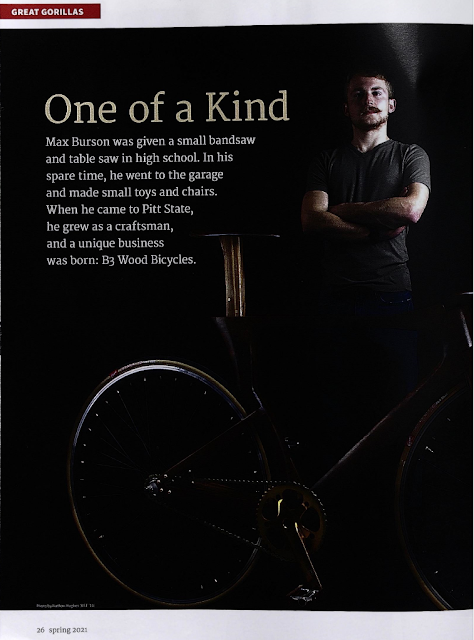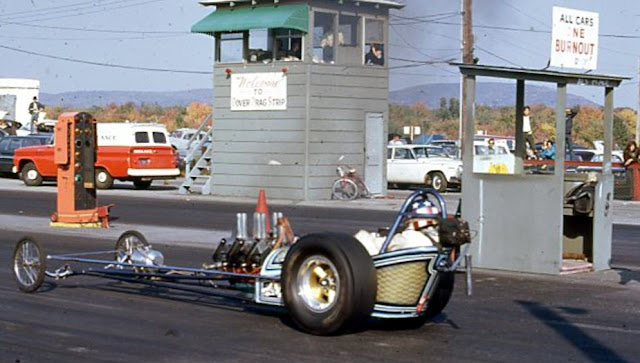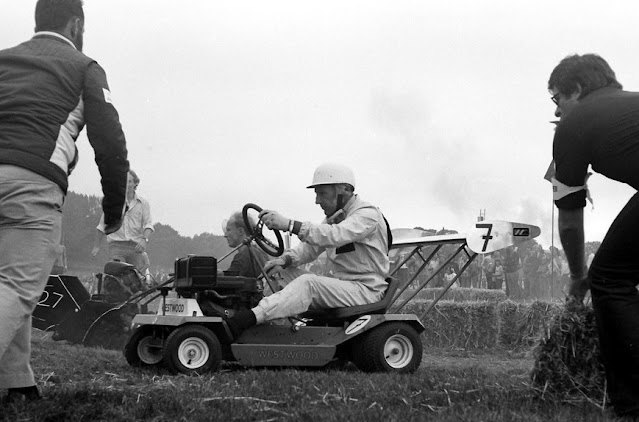There are so many incredible stories that we'll never hear of in our lifetimes, be sure to write your biography for your descendants
http://www.longstreetsociety.org/helen-dortch-longstreet.html
https://dailytimewaster.blogspot.com/2021/04/80-year-old-helen-longstreet-widow-of.html
Helen Dortch was born in Carnesville, Georgia, and attended Georgia Baptist Female Seminary (now Brenau College) and the Notre Dame Convent in Maryland.
Having met Longstreet through her roommate, she married him on September 8, 1897, when she was just 34 and he was 76. She was widowed in 1904.
Prior to marrying Longstreet, she was the first woman in Georgia to serve as Assistant State Librarian in 1894. She also authored the "Dortch Bill" (which became law in 1896) to allow a woman to hold the office of State Librarian.
During World War II she was a Rosie the Riveter at the Bell Aircraft plant in Atlanta. She said, "I was at the head of my class in riveting school. In fact I was the only one in it."She lived in a trailer camp near the factory and spent long hours in training to learn her craft. “I could not stay out of this war,” she said. “It’s not the soldiers fighting soldiers like it used to be. It’s a war on helpless civilians, on children and the infirm. They are the ones who suffer. Lee, my husband, and many another southerner proved that Americans surrender only to Americans, so we are bound to come out victorious.”
He contracted pneumonia and died in Gainesville, Georgia on January 2, 1904, six days before his 83rd birthday. Longstreet outlived most of his contemporary detractors, and was one of only a handful of Civil War Generals to live into the 20th century.
For the next 58 years, Helen Longstreet worked tirelessly to rebuild the General’s tattered legacy.
Helen Dortch Longstreet earned the nickname of the “Fighting Lady” for being a champion of many causes including environmental preservation, physical fitness, women’s rights, civil rights and as a Confederate memorialist. She was the first woman to run for public office in the state of Georgia and was thereby instrumental in breaking down the prejudice against women holding high political positions.
Mrs. Longstreet detailed her plan to raise funds for the Longstreet Monument by awarding a new 1949 Kaiser-Frazer automobile to the “prettiest girl in the County whose citizens make the largest contribution to the Longstreet Memorial Association in proportion to population.” Mrs. Longstreet states, “I thought this would cause the ordinaries to contribute and to appeal to their friends for contributions…I would risk my life on the bet that this plan will prove a glorious success.” Mrs. Longstreet’s ambitious plan included buying 48 Kaiser-Frazer cars (at $ 2,000 each) on credit to be awarded in all 48 states.
Not only did she organize the Longstreet Memorial Association, she created both the Longstreet Memorial Exhibit at the New York World’s Fair in 1939 and at the Golden Gate Exposition in San Francisco in 1940.
On July 3 of 1998, one of the last monuments was erected on the Gettysburg National Military Park. It was an equestrian statue of General James Longstreet on his horse “Hero” in Pitzer Woods on Confederate Avenue. Perhaps most astonishingly, 135 years after the battle, Jamie Longstreet Paterson, the 67-year-old granddaughter of General Longstreet was there to see it.
The General James Longstreet Memorial Bridge is an 824-foot long span, built by the American Bridge Company, across the Chattahoochee River.



